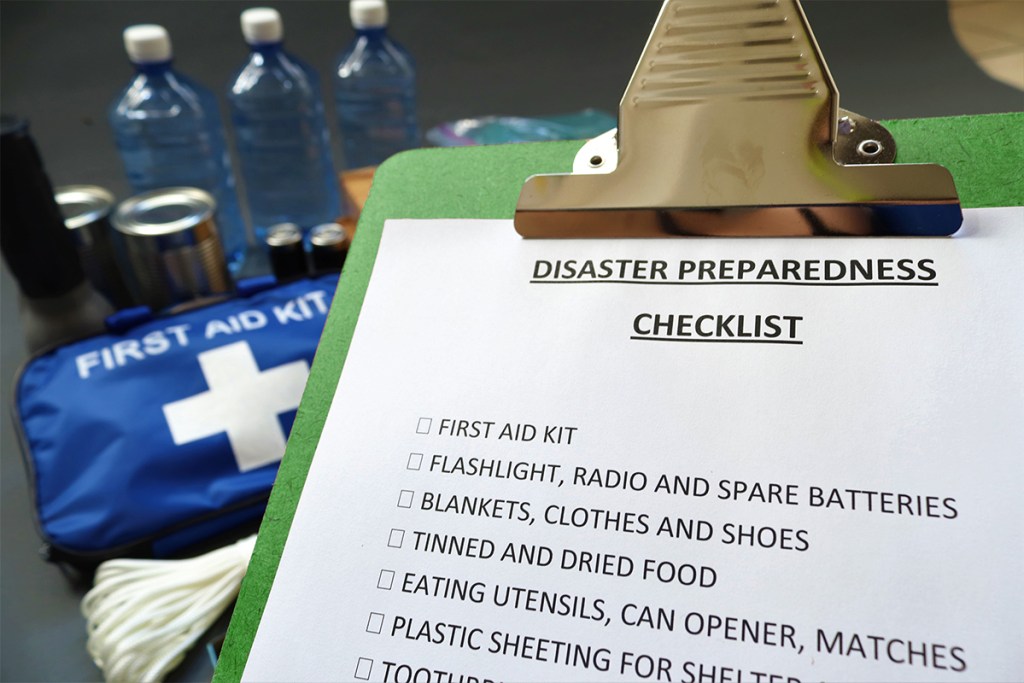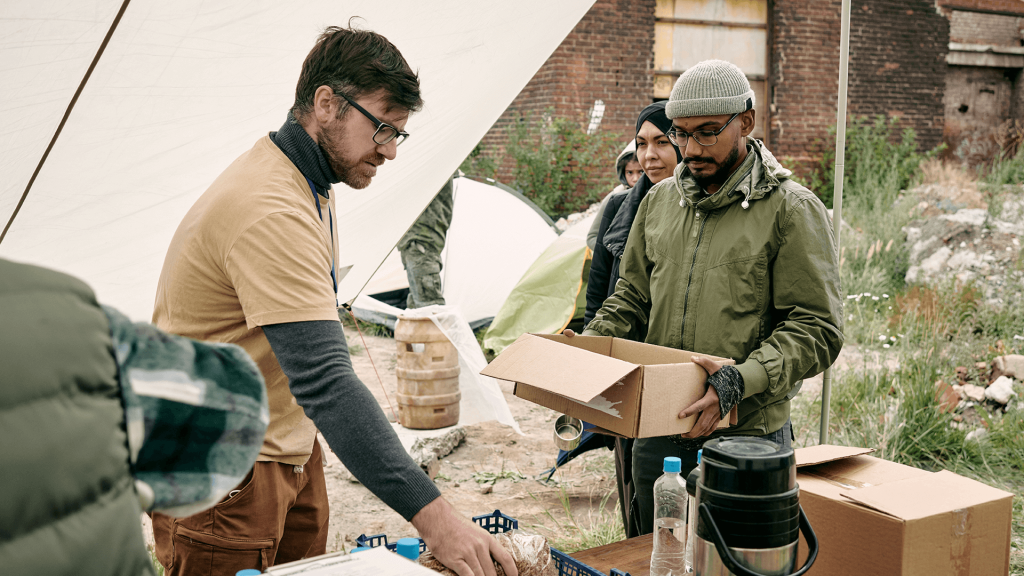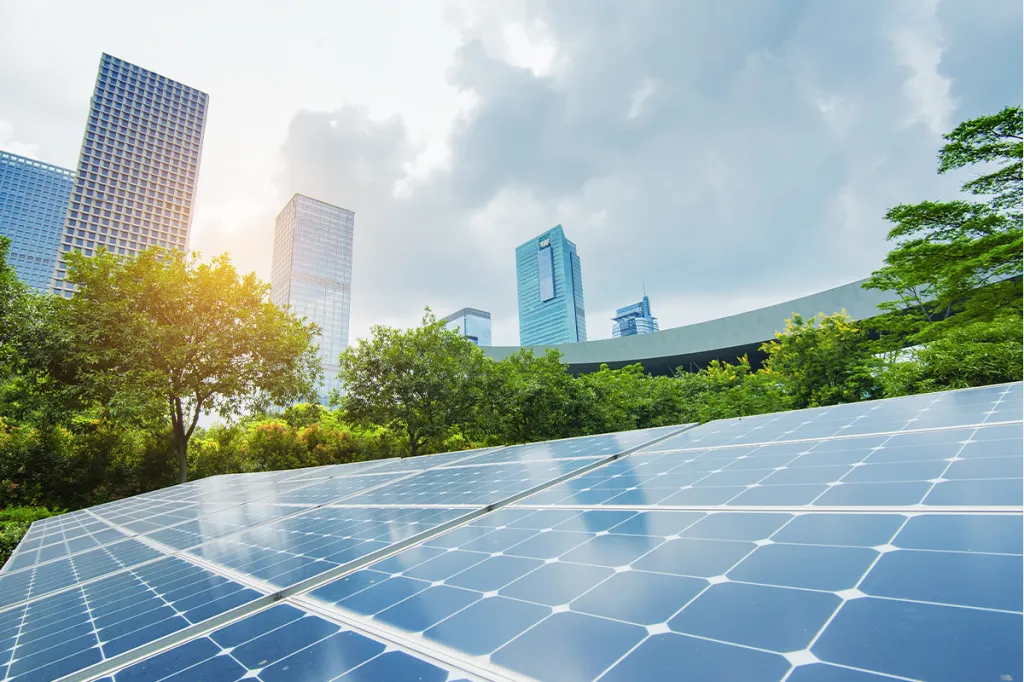
No one wants to feel after the fact that you could have done more to prepare for a natural disaster. Luckily, there’s a lot you can do to prepare your properties and protect your assets from natural disasters. We’ll start with the basic elements of natural disaster preparation. Then we’ll look at how to protect your property, residents and finances during several natural disasters: hurricanes, tornadoes, fires and earthquakes.
Natural disaster emergency checklist for multifamily
Below are a few simple safety precautions that apply to most natural disasters. Communicate emergency plans and procedures to your residents via email or by uploading them to the resident portal. Encourage your residents to:
- Have emergency food and water for three to seven days
- Put together emergency kits that include first aid
- Stock flashlights with extra batteries
- Invest in an emergency radio
- Ask an out-of-state friend or family member to be an emergency contact
- Prioritize assistance for your most vulnerable residents
- Keep carriers, water bowls, collar identification and extra food for pets (and get them microchipped)
Hurricanes
Ensure your properties are in good condition before hurricane season hits, which is officially June 1 to November 30. Repair loose shingles on roofing, trim any broken or dangerous tree branches and tie down trees at the trunk. Hire professional contractors to inspect your properties.
Helpful hurricane toolkit from FEMA
If a hurricane comes in, use the communication tools built into Yardi Breeze to reach out to your residents. If you’re able, send them updates via email and send text alerts. Consider a backup generator to make life easier and safer for residents during the post-storm recovery.
Tornadoes
These terrifying flatland funnels can generate winds over 200 mph. To prepare, ask your residents to sign up for your county’s warning system. This will alert them of any nearby tornado sightings and evacuation info.
Tornadoes can happen anywhere, but residents in the Midwest or Southeast are at the highest risk. Family-sized and community storm shelters will help keep residents safe. Otherwise, residents should take cover in their basements and cellars — this is also where their emergency kits and rations should be kept.
Don’t hesitate to email your tenants emergency updates and plans for natural disasters. Let them know where they should seek shelter if they are home when a tornado hits.
Wildfires
With the right preparation before a wildfire, you can possibly save your property. Use fire-resistant building materials whenever possible to reduce the risk of losing structures to a fire. The National Fire Protection Association further recommends that properties in wildfire-prone areas have four safety zones:
- Zone 1: Covers perimeter up to five feet away from the property and should be clear of plants, trees and patio furniture
- Zone 2: Extends from 5 to 30 feet around the property, and all trees in this area should be 18 feet apart
- Zone 3: Extends from 30 to 60 feet, and all trees should be 12 feet apart
- Zone 4: extends from 60 to 100 feet, and all trees should be 6 feet apart
It might not be possible for multifamily property managers to clear up to 100 feet, but it’s a good idea to clear as much space as you can. Still, some fires burn so hot and fast that they can cover over 100 yards per second. There’s really no way to save your dwelling if it gets in the way of a natural disaster of that size. No matter what, if there’s a fire in your area, follow all evacuation advice. Smoke, heat and flames are all deadly and cannot be “waited out.”
Earthquakes
All buildings in earthquake territory should be constructed with safety in mind. That includes adding extra support to cripple walls (walls that separate crawl spaces from the rest of the house), which can move during an earthquake. Other steel supports should be added to walls as determined by engineers and professional contractors.
Your residents can help themselves too. They can secure dressers, bookshelves and TV stands to walls. Any furniture that comes with the unit should be designed with earthquake safety in mind. Encourage your residents to do the same with their personal belongings.
As with other disasters, residents should follow emergency instructions. If a property is damaged, communicate your plan of action and instruct residents not to return home until it is safe.
Should you buy natural disaster insurance?
Property managers can require residents to carry renters insurance. This will provide greater coverage for your properties and reduce the chance that you end up paying for losses and damages. Encourage insured residents to take an inventory of their belongings. Smartphones and tablets make it easy to record photos and video for insurance purposes. Renters insurance does not necessarily cover your property in the event of a natural disaster. You may need to purchase specific insurance that covers one or more natural disasters.
Online workflows enhance safety & prevent service disruptions
Cloud-based property management software can be an essential tool during and after emergencies. As long as there’s internet access, property managers can send bulk text and email messages straight to each resident portal. After the natural disaster has passed, there may be more work to do as renters scramble to get their affairs in order, verify safety, etc. Once the business is ready to return to normal operations, it will be easier to resume rent payments and deferments, respond to maintenance requests, manage job costs and track contractors.
Special considerations for condo & HOA property managers
The logistics of handling emergencies at an association are a little different than in multifamily. At least some of the planning will take place within the board of directors. That’s why it’s a good idea to have a planning committee with at least one member of the board participating. This committee can help coordinate volunteers from within the association as well as law enforcement and fire crews. The most vulnerable residents, such as elderly and disabled individuals, should be given priority attention by the committee and first responders.
Key takeaways on natural disaster preparation
Natural disasters can happen at any time, with or without warning. However, you can do a lot to prepare your properties.
- Always have a certified professional assess your property for disaster risk
- Have the right insurance, and consider making renters insurance mandatory
- Maintain an adequate reserve fund to cover the cost of major repairs
If you use Breeze or Breeze Premier, lean on it to help residents understand your community’s natural disaster plans as well as provide real-time updates and other critical information.



